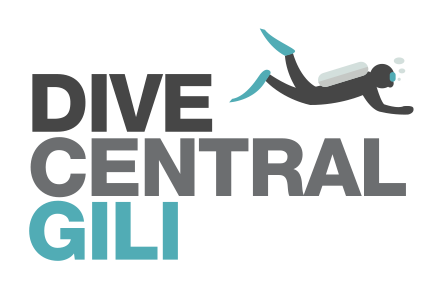Breathing like a diver!
Entry-level divers tend to consume much more air than a more experienced divers. This is of course a natural process since you become more comfortable under water and gain more experience as time goes by, but what a lot of divers do not know is that there are breathing techniques that are very good to use in order to lower you air consumption - techniques that probably most experienced divers use.
Understanding how we breath
To take a breath is not just one single action, it actually consist of 4 different parts. 1) Inhalation - filling your lungs with air. 2) post inhalation pause - the pause before exhalation. 3) Exhalation - where you let the air out from your lungs and 4) Post exhalation - the pause before the next breath in.
A common misconception is that as divers we should fill up our lungs completely and, without any pause, exhale all the air out in one quick breath. Breathing this way simply going to use up your air without actually getting any "use" from it.
Proper breathing
When we are diving, you should not completely fill your lungs with air - simply take a normal breath in, count to 3 seconds in your head and then stop. Pause your breathing shortly and then slowly exhale your air for 6 seconds (like you are breathing through a straw). And then again a short pause.
We are aiming for exhalation to last double the amount of time of inhalation, with ample pauses in between. The amount of seconds can of course be changed depending on the person, for example if you have bigger or smaller lungs - as long as the exhalation is twice as long, you will start to conserve air.
In the beginning you might have to count in your head in order to get the right rhythm, the more you practice the more natural it will feel - and eventually you will automatically breath this way without even thinking about it.
We also want to keep our breathing slow and steady because breathing too deep and fast will create a big difference in your buoyancy with each breath, making it harder to control your trim in the water. It will also build up the carbon dioxide in your blood, giving you the feeling of "air starvation" and probably also a massive headache.
Calculate your breathing
Another way to monitor your air consumption is to calculate exactly how much air you used per liter during your dive. This is what we call our SAC-rate, or our surface air consumption rate. So how do we do this?
Simply by taking the air consumed during the dive(in bar) X the amount of liter in your tank (a standards s80 tank usually holds about 11 liters). This is how much air you consumed in total. Now you divide it by how long your dive was. And lastly you divide by your average depth (in bar).
Doing this for numerous dives will give you a better idea of how your consumption is, and if it gets better using the breathing techniques previously described.
Exercise!
We all know that exercise is a massive factor in improving all parts of life. It is also true for diving. The fitter you are, the less air you will use on a dive. You won't be as tired. you will be better equipped to cope with your SCUBA gear, you will find swimming a lot easier and your air will last longer as you won't feel so puffed out. Although relaxing, diving is a sport and taking care of yourself will aid in your air consumption.
Practice every dive
Combining all of these breathing tips will should give you a better air consumption rate, but it takes time - so practice every dive. Think about how you are breathing and try and find the way that works best for you.
The main thing to remember is to relax and have fun, after all that is what it's all about! Relaxing, feeling at one with the water around you and taking the time to settle into the dive will also help you to make the most of the limited air in your tank.


